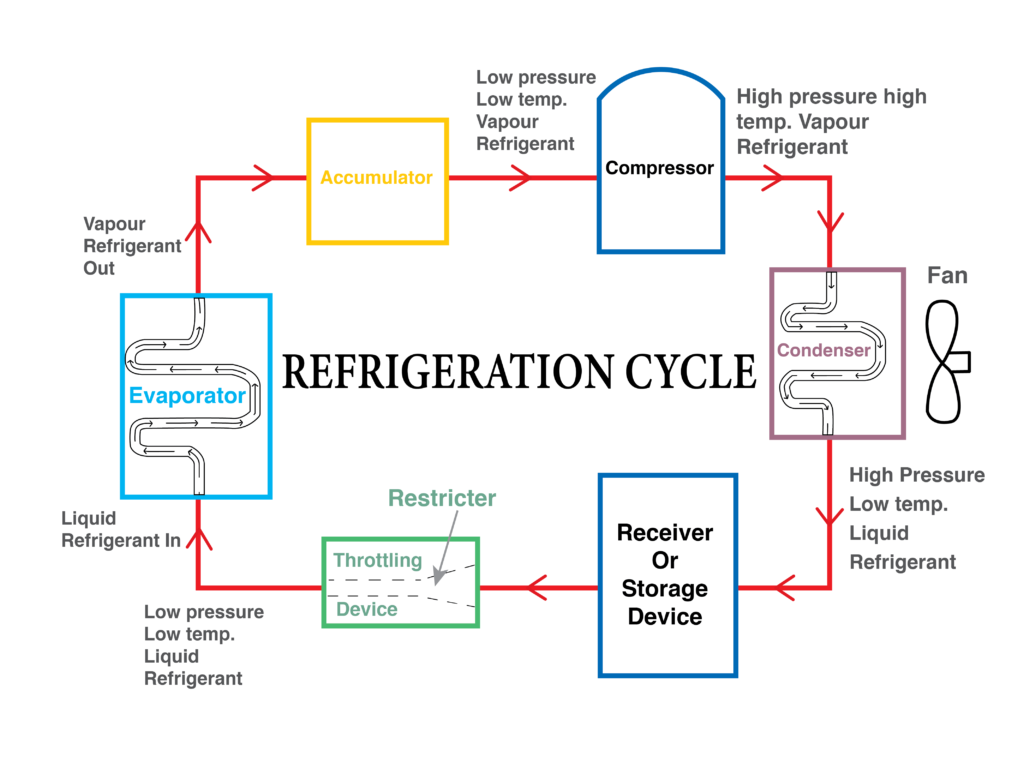-
Remove
-
Recycle
-
Reuse
-
Reduce
-
Advanced Refrigeration & Alternative refrigerantsAlternative refrigerants are becoming the gradual replacement of hydrofluorocarbons (HFCs) used in a variety of applications that implement the refrigeration cycle. Refrigerants are used as working fluids in commercial refrigeration systems. The application of refrigeration systems entails a lot of household appliances such as air conditioners and refrigerators. These systems also…Reuse
Alternative refrigerants are becoming the gradual replacement of hydrofluorocarbons (HFCs) used in a variety of applications that implement the refrigeration cycle. Refrigerants are used as working fluids in commercial refrigeration systems. The application of refrigeration systems entails a lot of household appliances such as air conditioners and refrigerators. These systems also entail refrigerated containers used for carrying perishable goods; they entail air conditioning systems onboard cars, trains, aircrafts and ships; and lastly, they are used heavily in industrial cooling systems. Alternative refrigerants have significantly lower global warming potential (GWP), lower ammonia, lower carbon dioxide, lower propane and lower isobutene .
As for the refrigeration cycle, it starts and ends with the compressor. The refrigerant flows into the Compressor where it is compressed and pressurized. At this point, the refrigerant is a hot gas. The refrigerant is then pushed to the Condenser which turns the vapor into liquid and absorbs some of the heat. The refrigerant then proceeds to the Expansion Valve where it expands, losing pressure and heat. The refrigerant coming out of the expansion valve is cold and slow due to the loss of pressure. It enters the Evaporator in a liquid state where the exchange of heat takes place thus cooling the load inside the refrigerator. As the gas cools down the load, it absorbs the heat which turns it into a gas. The gas is then pushed back into the Compressor where it can start the cycle again.
There are 4 types of refrigeration cycles
- Evaporative Cooling
- Mechanical-Compression Refrigeration Systems (most popular for industrial use)
- Absorption
- Thermoelectric
Reducing emissions from refrigerants can be undertaken in five main ways
- Lowering the demand/use of appliances and thereby production of refrigerants.
- Replacing refrigerants with low-warming HFCs/new cooling agents/non-HFC substances.
- Increasing the refrigeration efficiency in appliances, thereby lowering the use of refrigerants.
- Controlling leakages of refrigerants from existing appliances by good management practices.
- Ensuring recovery, reclaiming/recycling, and destruction of refrigerants at end of life.
 More informationWhere is it deployed?References
More informationWhere is it deployed?References